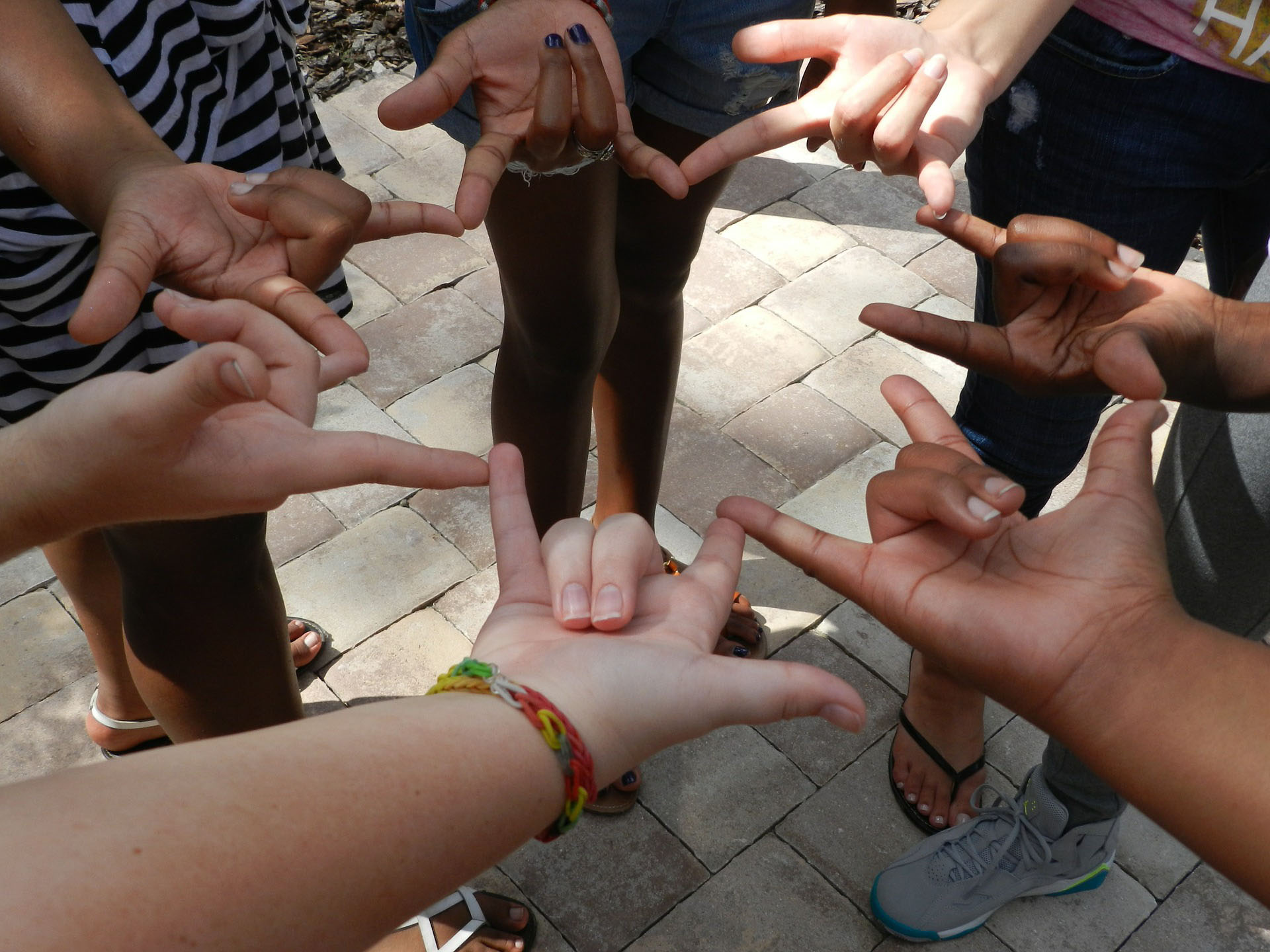To the Teacher
This circle works particularly well during times of transition, such as during the holiday season, in celebration of the new year, or around other special markers – like a solstice, the start of a semester, or the end of the school year. This circle can be held in person or virtually.
The circle is inspired by the Zulu greeting Sawubona, which means “we see you.” To learn more before you facilitate the activity, consider watching this video in which Orland Bishop of the Global Oneness Project speaks about Sawubona (3:54 minutes).

Introduction
Share with students that this circle encourages us to acknowledge each other’s gifts and talents, and the unique ways in which we all contribute to our classrooms and communities. We’re reminded of the importance of coming together, acknowledging each other’s humanity, and amplifying our connections with one another.
The inspiration for this circle is the Zulu greeting Sawubona, which means “we see you.”
Pre-Circle Activity
Facilitate this activity the day(s) prior to the circle, or the morning of an afternoon circle.
- Write each student’s name on a strip of paper. Place the folded strips into an item from which students can draw. (If conducting virtually, assign each student a number from 1 to the total number of students in the class. Avoid assigning the numbers in alphabetical order.)
- Share with students the meaning of Sawubona.
- Encourage students to consider their classroom peers – their gifts, talents, and (non-physical) attributes in particular. What are some things they notice and appreciate about each of their classmates? They might ask themselves: What are each of my classmates good at? What compliment would I like to give each of them? What do they contribute that’s unique to who they are? What do I see them excelling at, or working hard at?
- Once students have had time to reflect on all their peers’ gifts, have each student pick one name . Ask them to keep the name of the classmate to themselves. Tell students that they will share something they appreciate about this person during the circle. (If doing the activity virtually, the teacher should randomly assign each student on the class list a number from 1 to the number of total students. Be sure not to sign the numbers alphabetically. A circle order that is predetermined by the teacher can then be used to have students pick a number. The teacher can then share privately with each student the name that corresponds to the number chosen.)
Circle Activity
- Establish community agreements. Create them together as a class, utilize previously established agreements, or you may suggest some as a starting point (i.e. keep it positive, be thoughtful, share just one acknowledgment per person, etc.).
- For the opening ceremony, share Pablo Picasso’s quote: “The meaning of life is to find your gift. The purpose of life is to give it away.”
- If time permits, invite a few students to share how this quote resonates with them.
- Speak to the purpose of the circle, re-sharing the definition of Sawubona and the gift of acknowledgment.
- Begin the sharing round, inviting each student to share a Sawubona acknowledgment – beginning with the words “[Name], We see….” Provide examples such as:
- [Name], We see the way you make others smile…
- [Name], We see the way you express your unique self through your fashion…
- [Name], We see you making the effort to be in school each day…
- Consider one or both of these additional go rounds:
- Invite students to add onto the acknowledgment, i.e., “We see … and it encourages/ inspires me to…
- After students have shared, go around the circle yourself, as the teacher, and share a Sawubona acknowledgment for each student. (You may want to prepare these in advance.)
- As a closing, thank students and ask them each to share IFETS (impressions, feelings, expressions, thoughts, sensations) about what it was like to experience and engage in this activity.
Extension Activities
- Have students create written Sawubona acknowledgments for all members of the class (including teachers). These can then be used to create a classroom collage, acknowledgment wall, or to form a background screen for the class Zoom.
- Share Orland Bishop’s video with students. Invite them to reflect on his statements:
“...freedom can’t be pursued out of self interest. Freedom must be a mutual gift from one human being to another…if I limit one person’s freedom, I limit my own. We can’t take away something from someone that is so mutually tied to the state of existence….it’s the freedom to be present with...seeing has empowered us to investigate our mutual potential…”